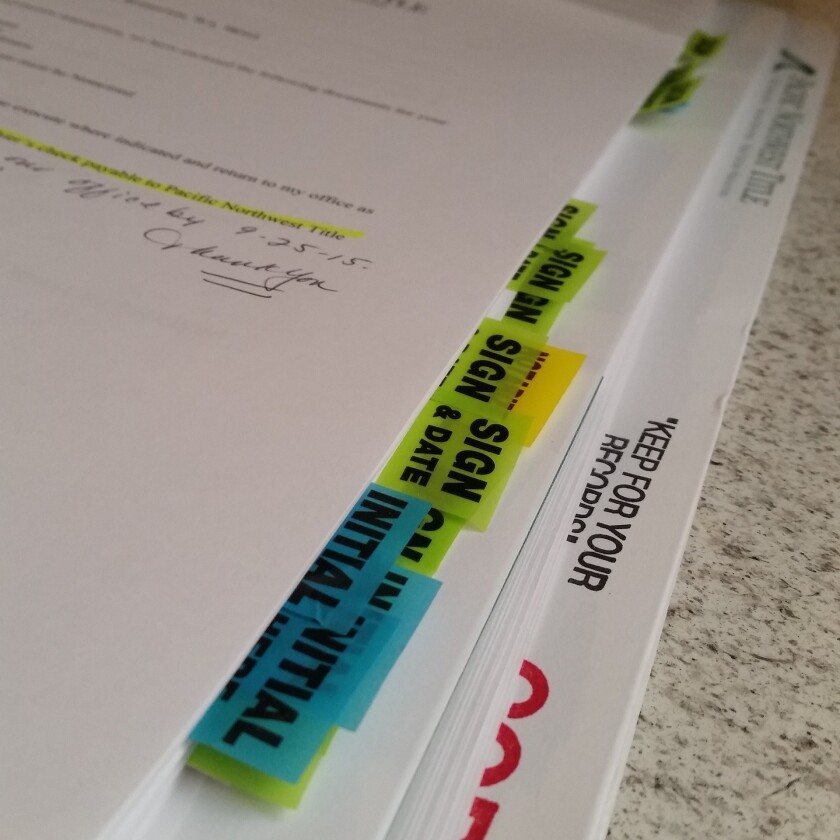Taiwan’s Intellectual Property and Commercial Court (the IPC Court) has recently overturned decisions rendered by the Intellectual Property Office (the IP Office) and the Board of Appeals in view of the judge’s different points of view regarding the eligibility of the evidence presented by the plaintiff, the petitioner of an invalidation action.
In an invalidation action filed with the IP Office, the petitioner claimed, with exhibits submitted, that the design patent at issue lacked novelty or inventiveness. Exhibit 6 consisted of photocopies of procurement contracts and engineering drawings entered into between the design holder, a third-party company, and their cooperative manufacturers, among others. The IP Office considered the evidence to be private documents and found them insufficient to serve as eligible evidence, especially when no clear dates or facts regarding publication of the documents are shown therein.
The petitioner, disagreeing with this assessment, filed an appeal with the Board of Appeals. The board held that drawings for canopy door pieces in a contract attached to exhibit 6, with cross-reference to the award announcement from the government's procurement website, were sufficient to prove that they were available for download on the government’s website before the filing date of the design patent at issue, and have evidential capacity. Notwithstanding this, it was difficult to conclude that the other contracts had been publicly available before the filing of the design patent at issue. Therefore, the board agreed with the IP Office that the invalidation action was groundless.
The IPC Court’s findings
The petitioner subsequently filed an administrative litigation with the IPC Court. The court found that although the procurement contracts included in exhibit 6 are private documents between the government's successful bidder and its cooperative manufacturers, the drawings for the canopy door pieces attached to the contracts were derived from the government's public tendering projects. These government procurement tender documents were available for download from the government's procurement website and had been publicly accessible before the filing date of the design patent at issue.
Therefore, the court determined that the procurement contracts entered into between the plaintiff, a third-party company, and their cooperative manufacturers included in exhibit 6, with cross-reference to the drawings attached to the contracts and related tender documents from the government’s website, should be sufficient to negate the novelty or creativeness of the patented design. Consequently, the denial of the eligibility of exhibit 6 by the IP Office was unreasonable and unjustified.
Implication of the ruling in the case
The procurement contracts signed between a winning bidder and downstream manufacturers are generally classified as private documents. The above case, however, suggests that if the drawings attached to such procurement contracts can be correlated with any documents or drawings from public government tendering projects, and if the publication dates of these government procurement public tender documents are earlier than the filing date of the patent at issue, then the documents altogether can serve as eligible prior art references.











